The Epic - History of the Oldest Story Form in Under Five Minutes
Written by Chris Jorgensen
Last time we went through a brief and broad explanation earlier about literary genres. Today we get to talk about one of the genres but in more depth:
The History of the Epic
If you are a reader or an advocate for literature, you have probably come across this type of story in passing, either in class or movie (at least a Western one). We’ll talk about a few examples of this and why we tend to love this story-type so much. But first, we have to talk about composition and history of the genre itself.
The Epic came from preliterate cultures, meaning these stories were spoken rather than written down. Make a special note of this, since storytellers knew these tales by memory, and the grand size of some of these is absolutely daunting. But the way it would work is that a bard would compose the story using rhetorical and complex metrical schemes to make the story easier to put to memory. This was the traditional form of passing along the story between bards and performers. These systems allowed bards to add to their own performances and adapt the story and grow it as time went on. Chances are, the original stories that were sung and performed have grown in scale as time went on.
Oral tradition was the prominent form of entertainment and transfer of news and culture. The way that the Epics were constructed is that they were composed into episodic fragments; each of them were complete and equal in scale and size of importance to the story. This form would make it easier to facilitate the memorization of the Epic as a whole. This has led many to contend that the written forms of the Epics, namely those by Homer (The Iliad and The Odyssey), were dictations from oral performances of this type.
Composition of the Epic is also of much discussion, but people have come up with ten different pieces to attempt to dissect the form of the Epic:
Medias res. (Latin for into the middle of things)
Large or vast setting
Invocation to a muse
Begins with theme
Epithets
Epic catalog
Long speeches
Divine intervention
Heroes with values of the civilization
Hero’s descent into hell/underworld
In regards to the poetic form, that fact alone seems to be the only real similar factor where the Epic is concerned. For instance, the Sumerian Epic of Gilgamesh is not formed by meter or line length as many other poetic forms but uses a rhythm of constant repetition with slight variations from line to line. Whereas, Indo-European Epics rely on the poetic meter and consistency in their structured lines. Old English and Norse Epics use the alliterative verse that usually didn’t rhyme at all. And Greek Epics, the ones we are probably most familiar with, all use hexameter in their structures.
So there we have it, history in a nutshell. Not a bad look I’d say, and a good allotment of interesting facts to go along with a discussion for next time when I decide which epics to talk about.
